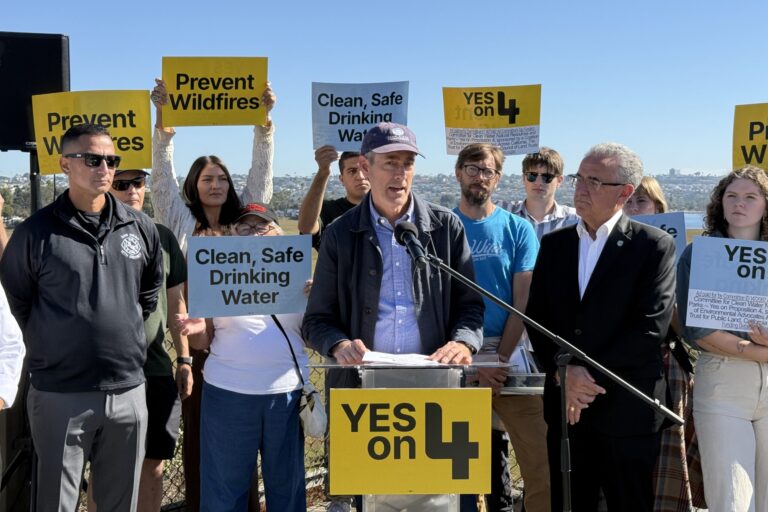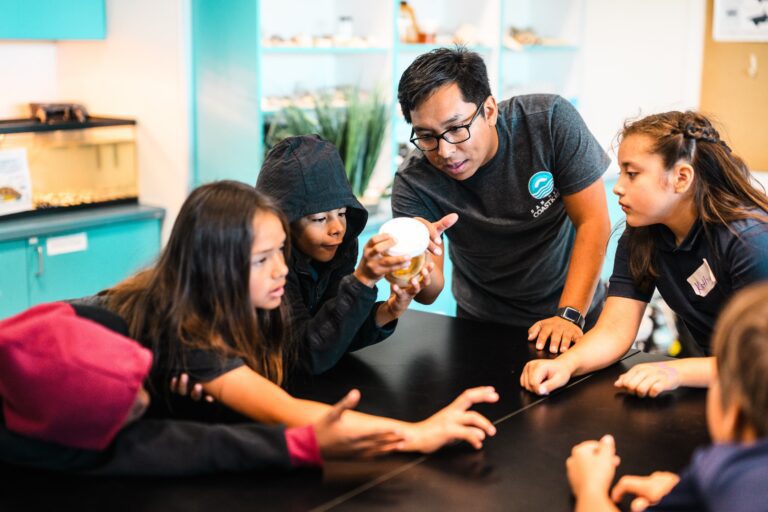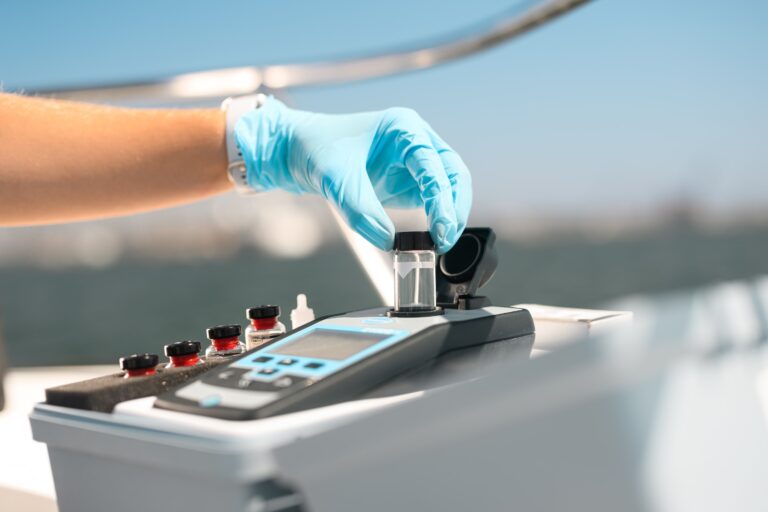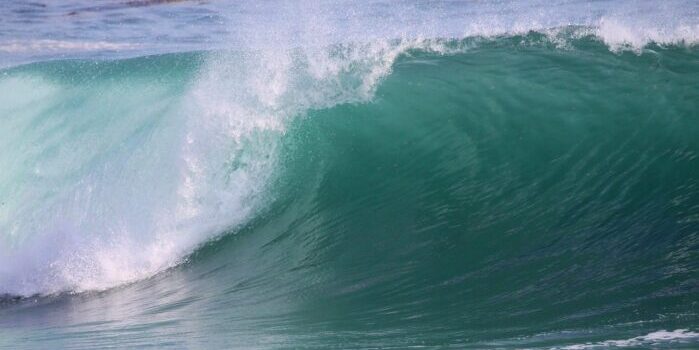Data – they aren’t just numbers. The data we collect every year during our beach cleanups include numbers, of course, but we also gather valuable anecdotal insights from seasoned volunteers and common misconceptions from newcomers. It’s easy to compile the numbers into graphs and statistics, which we share on our San Diego beach cleanup data webpage, but we also wanted to create a separate-than-science analysis of our beach cleanup finds this year. In that vein, we encourage your to read these eleven crazy things we learned at beach cleanups in 2014.


- Condoms and Tampons – The Usual Unusuals
We can’t explain it. By far, condoms and tampons top the “unusual items” category tracked by our data-seeking volunteers. How and why do these used personal products find their way to our beaches? It’s San Diego’s great hygiene mystery. - Baby, This Beach Doesn’t Look that Dirty
It’s one of the most common things we hear volunteers say at the start of each San Diego County beach cleanup two hours later comes the inevitable surprise at the amount of trash they collected afterall. We know that what you can’t see can hurt you—and marine animals and the environment. Sadly, the majority of trash we collect is so small most beachgoers don’t immediately notice it; however, it poses a very large risk to wildlife because it is easy to ingest and hard to pick up. - Butts are big—cigarette butts, that is.
We removed over 75,000 cigarette butts from our coastal areas. That’s 3,750 packs of cigarettes worth of toxin-leaching, plastic foam pollution that harms water quality, fools marine animals and breaks down into smaller and smaller pieces of trash, never disappearing.

- Cleaning up trash comes with warm fuzzy feelings
Our 7,000 volunteers spent their Saturday mornings picking up trash. It doesn’t sound so glamorous on paper, but time and again they tell us how they love the experience and the learning, which couldn’t please us more. - Speaking of which—You are the Solution
In 2014, you provided 14,000 solution hours beautifying our beaches and restoring them to a healthier state. Want to continue that impact? Commit to using fewer single-use items, ensure trash is properly discarded and educate your friends on beach pollution solutions.

- The Great Trash Migration is Real
If you don’t believe us, read number one again. Much of the trash that we pick up on our beaches didn’t get discarded there. It started somewhere inland and wind and rain carried it to a its resting destination. While you’re at it, reread number five, because you are the solution. - Your Doctor May Surf
This year, we found a stethoscope at one of our beach cleanups. Did your doctor lose hers? - Where’s the Bag?
In 2014 and 2013, fully intact, single-use plastic bags accounted for three percent of the trash we removed each year. Why is this interesting? It’s significantly lower than the number we removed in 2012. This may indicate a decrease in the use of plastic bags, the success of regional bag bans or an increase in recycling or proper disposal. But also, the thinness of plastic bags mean they are easily broken down into smaller pieces, and our volunteers would count these small pieces as other plastics. It is likely that plastic bags are a larger environmental problem than our stats are showing. We will track this trend as our statewide bag ban takes effect.

- Plastic is Pesky
It’s the most common material we find, and it never biodegrades There is nothing more frustrating that reaching down to pick up a plastic cup off a beach or mudflat only to have it shatter like glass in your hand because it is so brittle from sitting out in the sun. Your littered plastic cup just became a thousand littered plastic fragments. - It’s Not Just That Beach
Don’t think your local, non-touristy beach is immune from trash build-up, unlike “those other” beaches. See point number two. Though they may look clean, every beach in San Diego County suffers from pollution. Sadly. There’s hope. Reread number five. - Ew. Stinky Seaweed and Dead Birds
Many people think anything that makes the beach less nice for humans, like stinky seaweed or dead birds, is trash. But these are natural parts of the lifecycles of a healthy ecosystem, so let’s keep them out of our trash bags and on the beaches where they belong. After all, a beach with seaweed is an indication that there is a kelp forest offshore!
What crazy things did you learn at beach cleanups this year? Comment below to tell us what we should add to our list.
















